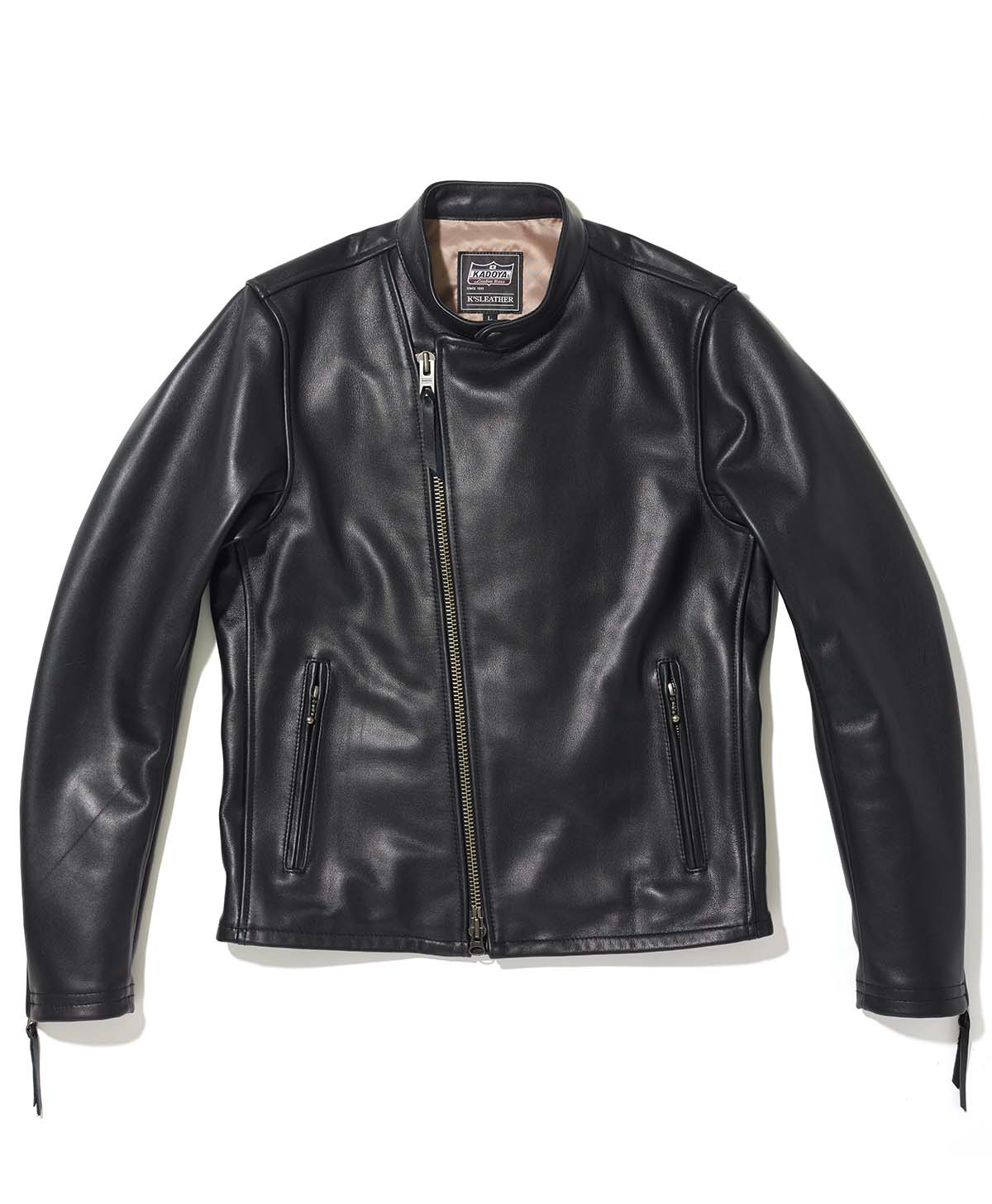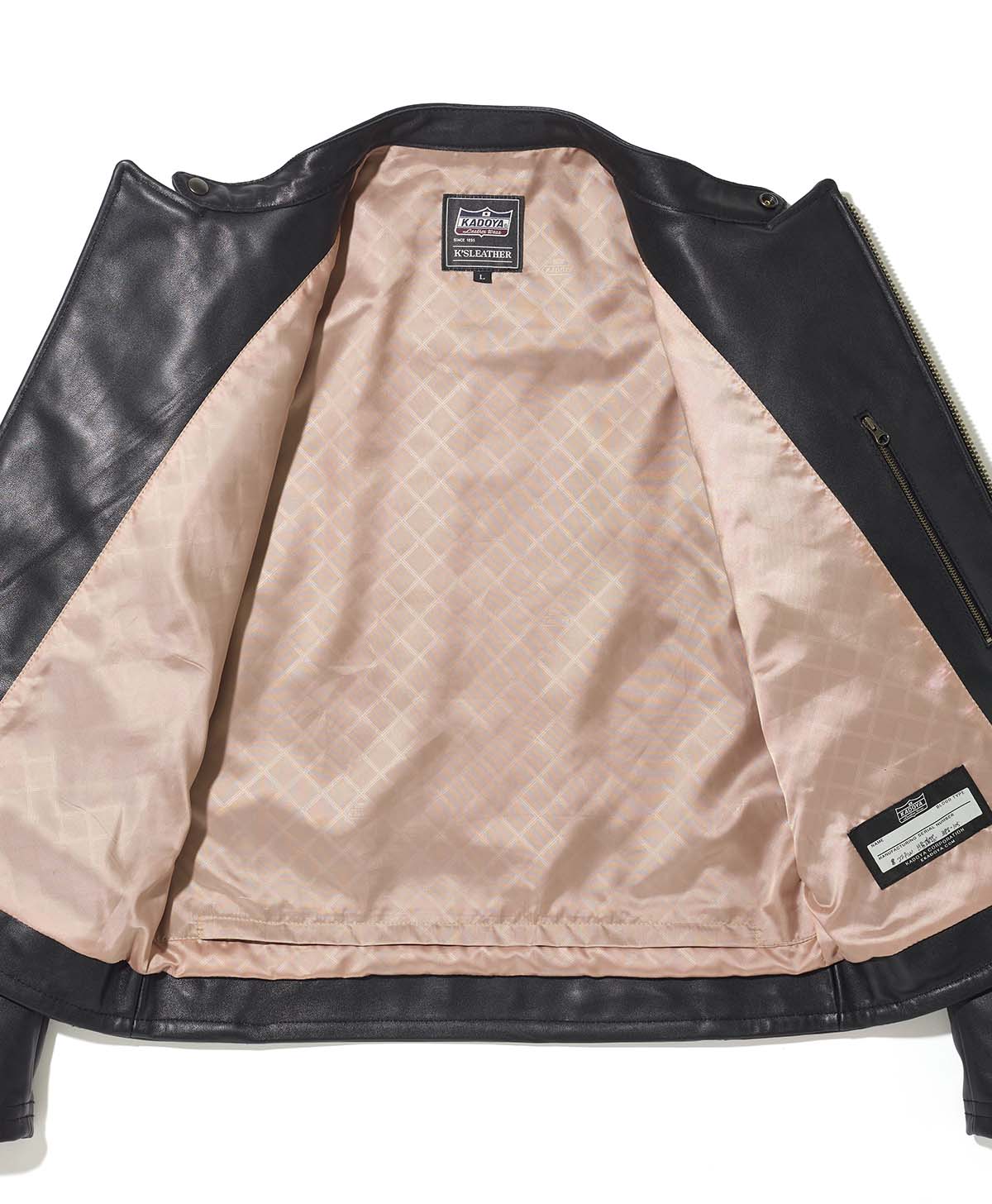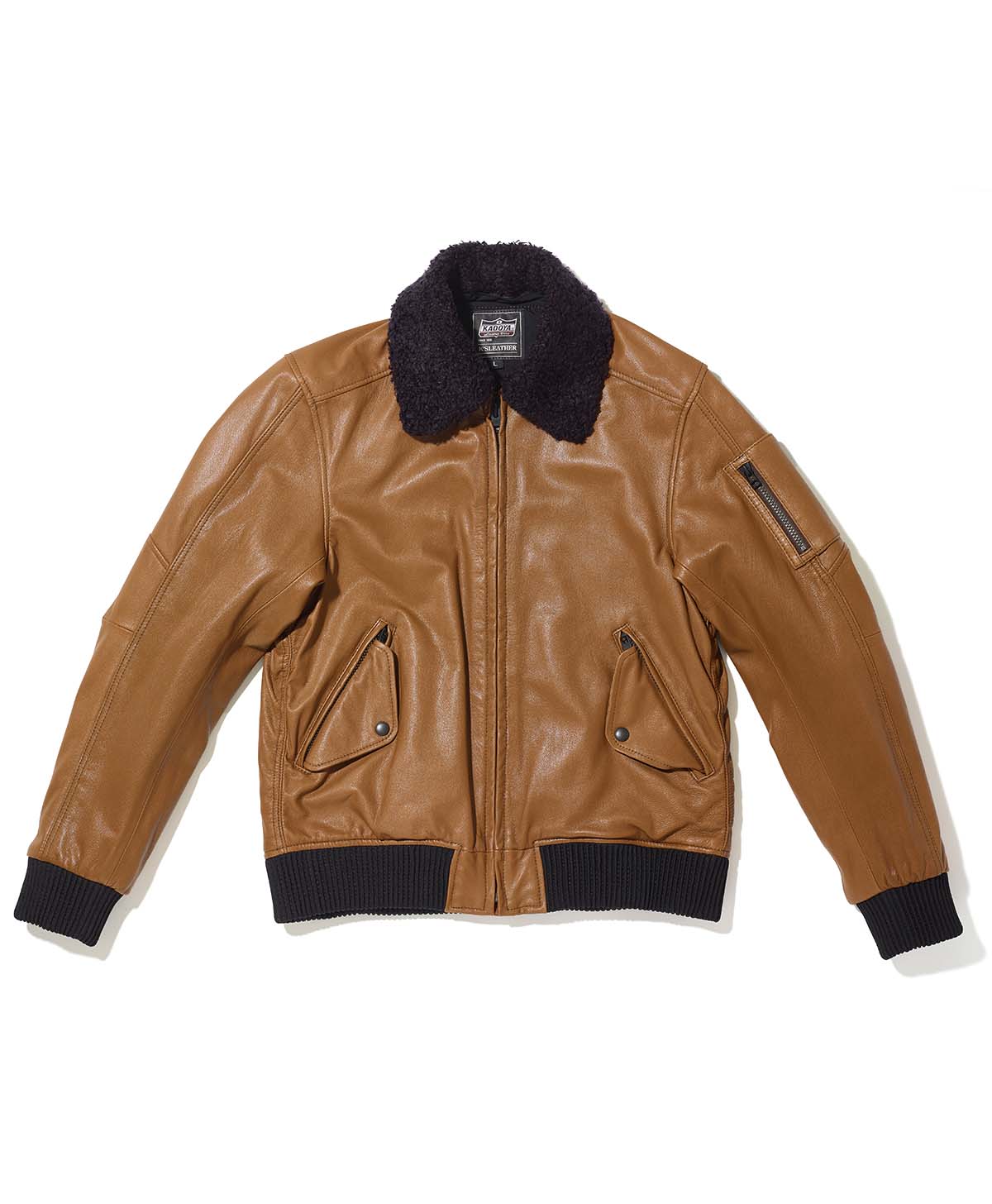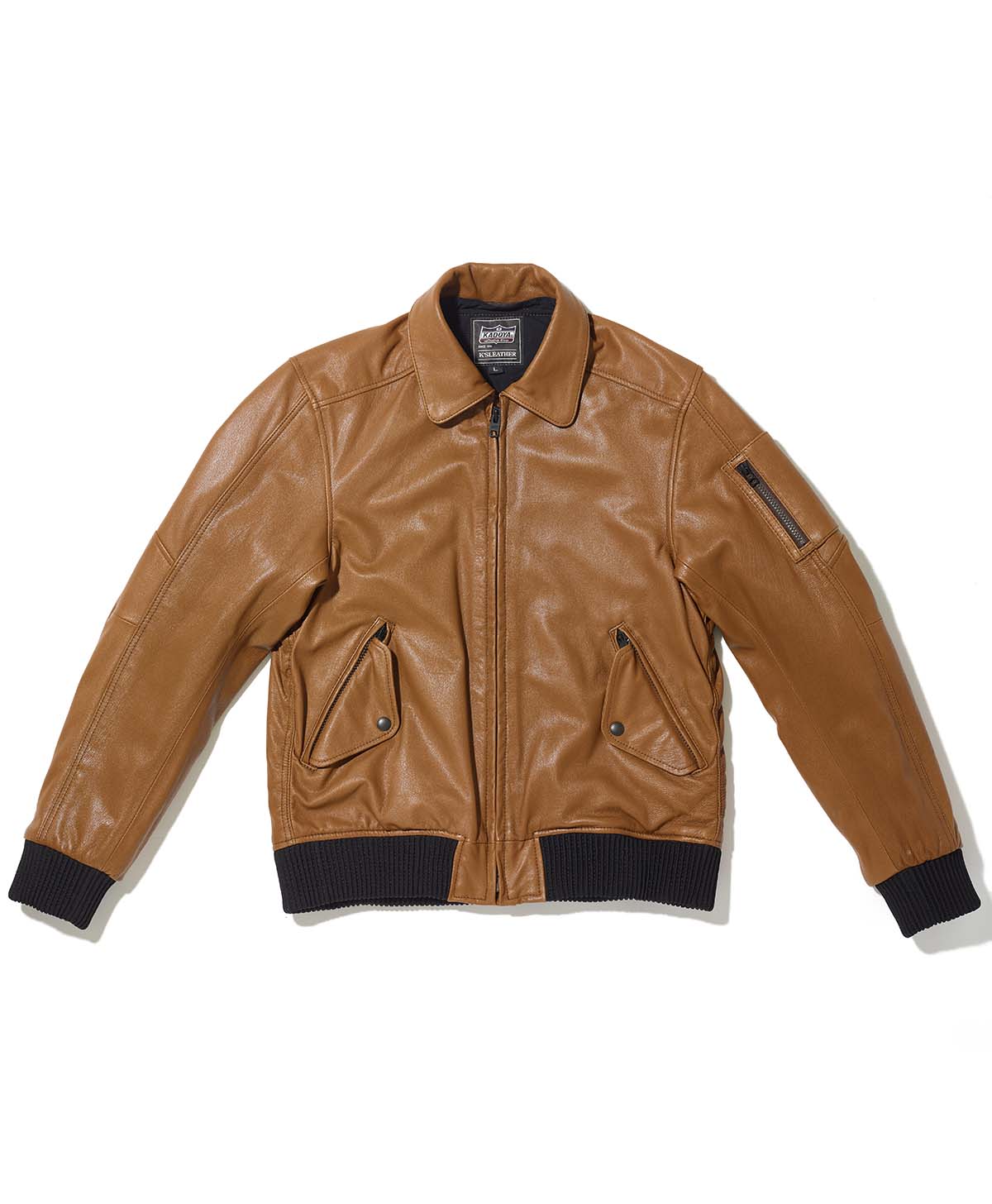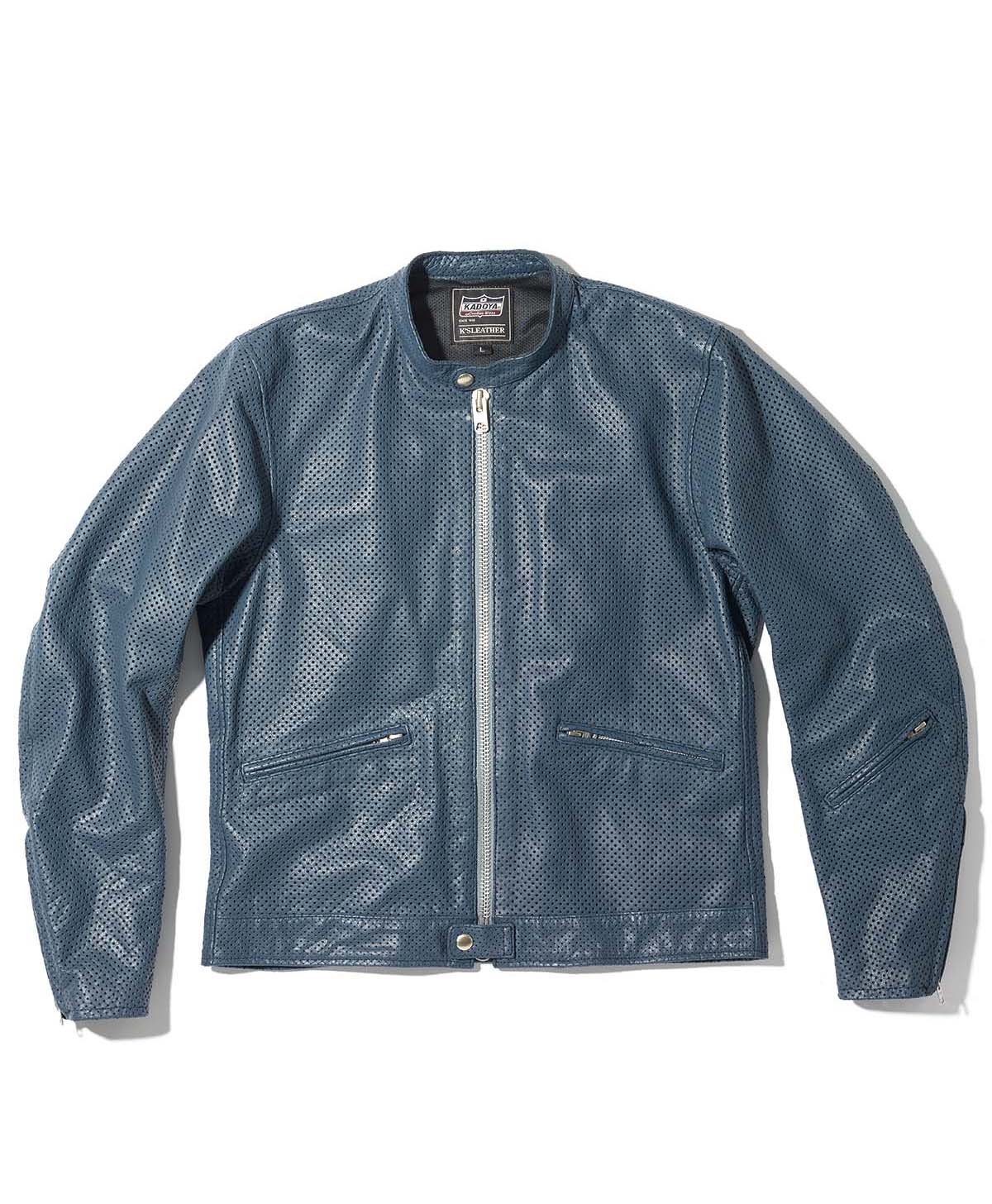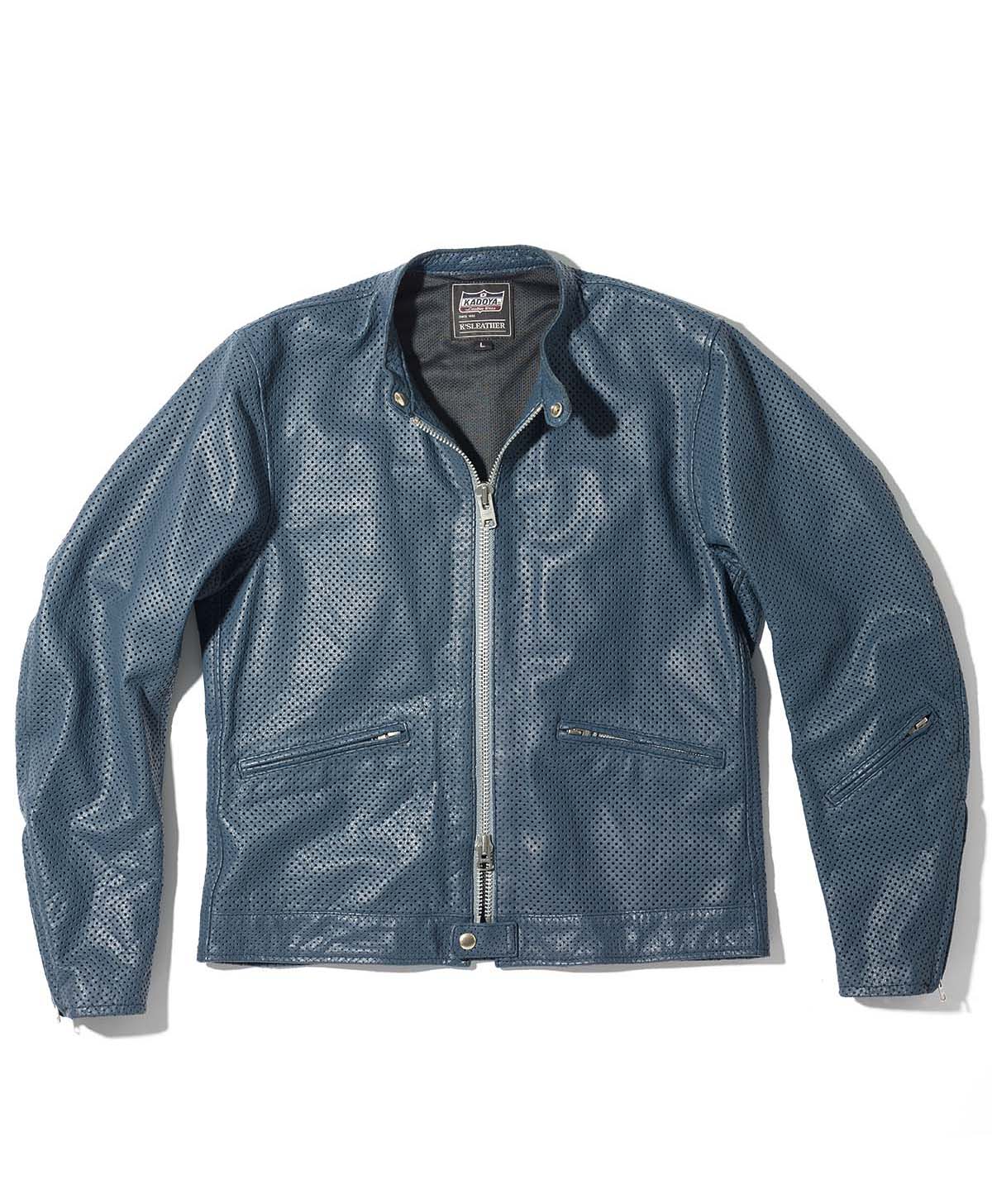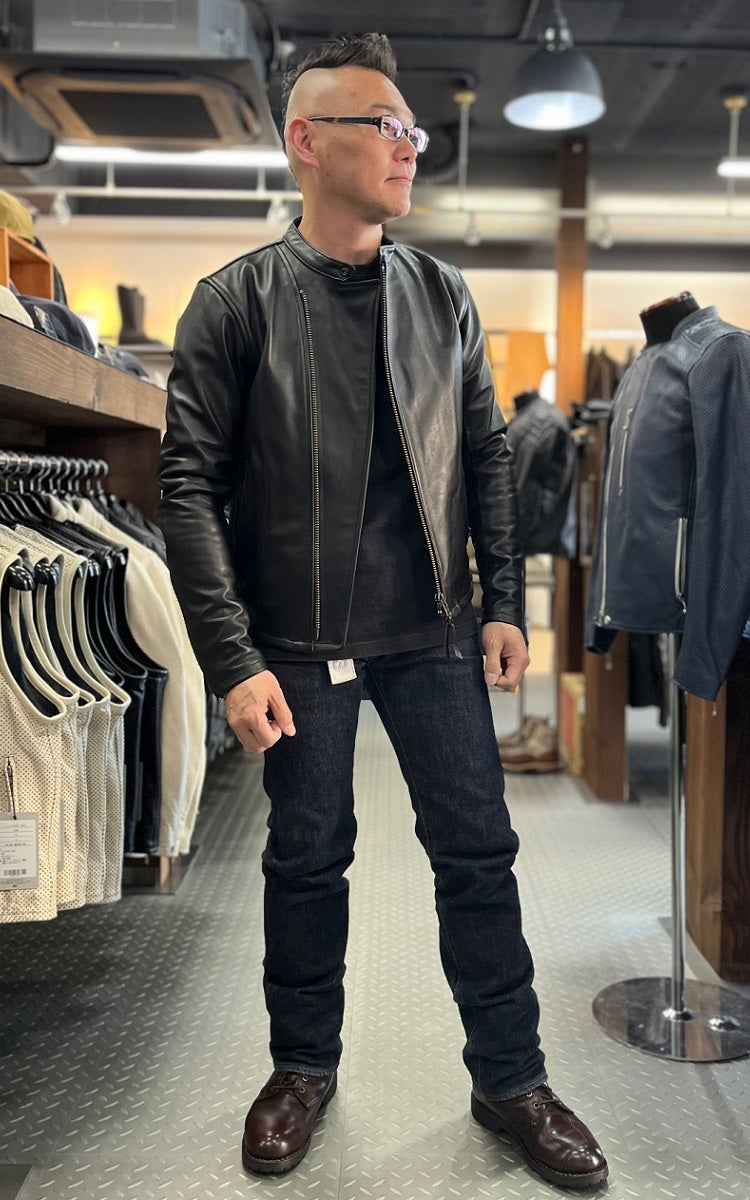
Daily Life at the Nagoya Store (Part 4) When do you wear a leather jacket?
Here we bring you some informative stories from the store manager, Kita, and new employee, Shirasawa, that are snippets from everyday life at the Nagoya store.
Episode 4: When do you wear a leather jacket?
| Kita | So the Interceptor is black, and there are two, including the one that appears in the first scene. That's the Yellow Interceptor. |
| Shirasawa | Okay okay, I get it, I've heard that many times. |
| Kita |
Hmph, think of it as Kadoya's bible! |
|
Shirasawa |
That's true, but I'd like to hear more about your leather jacket. |
| Kita |
wait a moment. First of all, let me just say this: 1 and 2 have different worldviews. |
| Shirasawa |
Sigh. (sweat) (whisper: This is the bible for the store manager.) |
|
Kita |
Well, it's true that a leather jacket gets hot and cold when worn alone. So I think it's best to wear it in spring, autumn, or other times when the weather is nice. But you shouldn't forget that leather jackets are made from leather. |
| Shirasawa |
It's animal skin. |
|
Kita |
Yes. It's originally the skin of an animal. To take it to the extreme, if humans take off their clothes they're naked, and it's cold if they stay naked like that. That's why we wear clothes. In winter you wear lots of layers, and in summer you wear underwear or something made of cooling material, right? |
| Shirasawa | Ah, I see. |
| Kita |
Leather jacket as well. Since it is "skin" itself, even if you wear it, the warmth is close to being naked, so it has no effect of keeping you warm or preventing stuffiness. Incidentally, although there is no academic evidence, it is said that the oldest clothing on earth was fur worn by primitive humans, so we have been using leather for a long time. We like leather jackets at a genetic level. |
| Shirasawa |
Well, leaving aside the fact that I have a genetic preference for leather jackets. To wear a leather jacket for a long time, it's better to wear thicker layers in winter and functional innerwear in early summer. In other words, it's important to match it with the innerwear you need for each season, rather than thinking about "when" you will wear it! |
| Kita | Exactly. The important thing is not to wear it alone, but to combine it with the innerwear you need for each season. |
|
Shirasawa |
Huh?! I just said that. |
| Kita |
The rule is to say important things twice. (laughs) |
| Shirasawa | Really? |
| Kita |
For example, winter clothes have a lining made of heat-retaining materials such as multi-layered cotton or down, and spring and summer clothes have perforated leather on the outside with holes to allow ventilation. Leather jacket manufacturers have come up with various ideas to make leather jackets last longer. |
|
・TSWR-2 (an example of a 3-season jacket) |
|
|
The lining of the TSWR-2 is polyester twill only. |
|
|
・MAVERICK (An example of an autumn/winter jacket) |
|
|
MAVERICK's lining is made up of quilting, padding and aluminum heat reflective film. |
|
|
・PL-RAFF (An example of a perforated leather jacket) |
|
|
The PL-RAFF has a polyester mesh lining and holes in the outer leather. |
|
| Kita | And, although it's a tough choice, I personally recommend a 3-season jacket to customers considering buying a leather jacket for the first time, because it can be worn for the longest period of time. |
| Shirasawa |
Ah, but if I need innerwear for each season, is it better to choose a roomier size? |
| Kita | That's it. |
| Shirasawa | what do you mean? |
(Door opening sound)
|
Kita
|
Ah, I see a customer. |
|
Shirasawa
|
welcome! |
|
Kita
|
welcome! |
|
Kita
|
(I'll talk about it again when I have time.) |
to be continued···
Introducing the characters

|

|
| Kita |
Shirasawa
|






